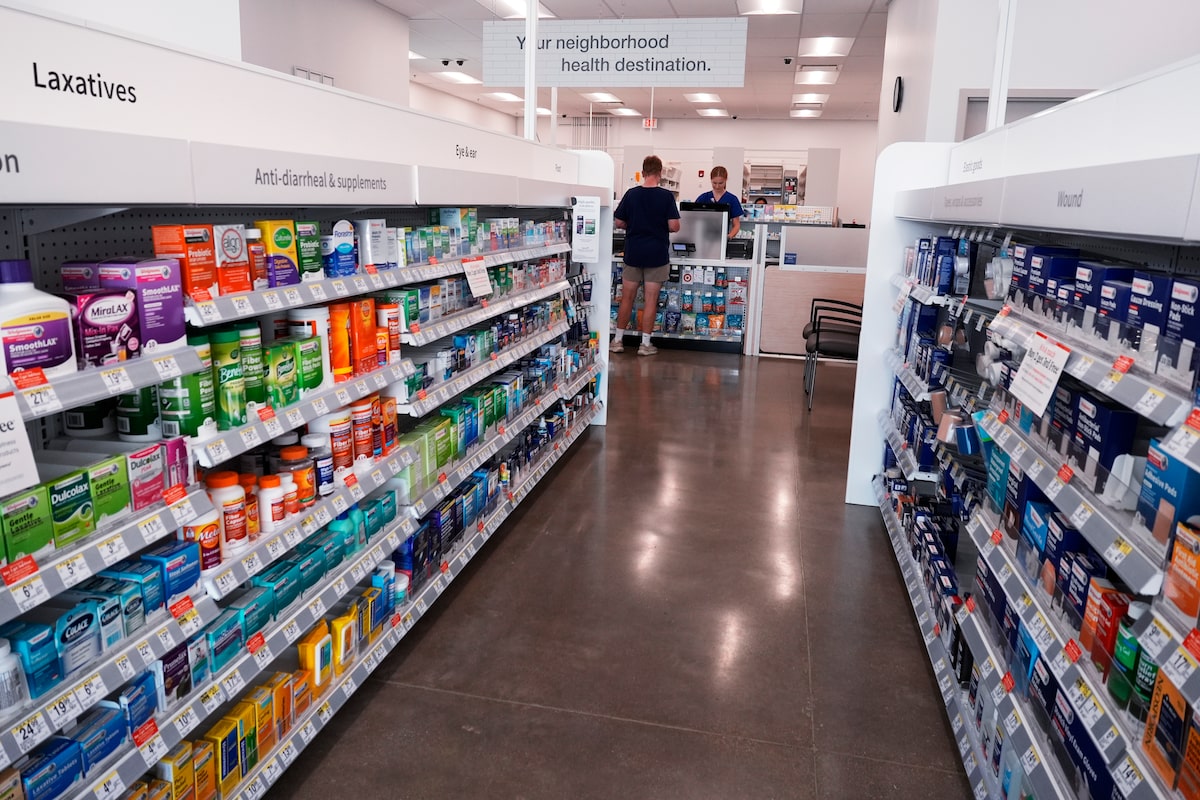The letters say that other countries are ‘freeloading’ from the U.S. because its drug prices are, on average, three times higher than other nations and so produce substantial portions of the pharmaceutical industry’s revenue.Nam Y. Huh/The Associated Press
The U.S. White House has issued letters to 17 major pharmaceutical companies that demand they raise drug prices in other countries and use the revenue to lower prices in the U.S. within 60 days.
The letters, sent Thursday, say that other countries are “freeloading” from the U.S. because its drug prices are, on average, three times higher than other nations and so produce substantial portions of the pharmaceutical industry’s revenue.
The Trump administration says the drug industry must follow “most favoured nation” pricing by offering U.S. Medicaid patients the lowest comparable international price. As well, the administration said it would use “trade policy to support manufacturers in raising prices internationally provided that increased revenues abroad are reinvested directly into lowering prices for American patients and taxpayers.”
The letters follow an executive order that President Donald Trump signed in May that said drug makers should offer “most favored nation” pricing within 30 days.
Global investors see few winners as tariff storm lashes global markets
Why the damage to Canada from Trump’s tariffs has been small (so far)
The White House said the letters were sent to AbbVie, Amgen, AstraZeneca, Boehringer Ingelheim, Bristol Myers Squibb, Eli Lilly, EMD Serono, Genentech, Gilead, GSK, Johnson & Johnson, Merck, Novartis, Novo Nordisk, Pfizer, Regeneron, and Sanofi.
The Pharmaceutical Research and Manufacturers of America (PhRMA), the U.S. lobby group for patented drug makers, has been critical of the “most favored nation” policy, which it said Friday amounted to “importing foreign price controls,” although it agreed with the general goal of increasing prices elsewhere.
“To reduce price differentials with other countries, policymakers should rein in health care middlemen driving up costs for Americans and get foreign countries to pay their fair share for innovative medicines,” PhRMA senior vice-president Alex Schriver said in a statement.
The letters do not cite a legal authority in demanding lower prices, but they do threaten to “deploy every tool in our arsenal” if companies do not follow through.
The U.S. has limited federal tools to control drug prices, unlike most other developed countries, which do.
For example, Canada has three national bodies involved in monitoring drug prices: the Patented Medicines Price Review Board, a federal quasi-judicial body that intervenes if a drug is brought to market at an “excessive” price; Canada’s Drug Agency, which issues recommendations on whether insurers should cover a drug using criteria that includes cost effectiveness; and the pan-Canadian Pharmaceutical Alliance, which negotiates directly with drug makers on pricing on behalf of all federal and provincial public health plans.
The letters also reiterate a proposal from the executive order, which would encourage drug makers to sell directly to consumers. Some companies have expressed interest in this route as it would allow them to lower costs by cutting out other industry middlemen.
“That would be one of the easiest ways to impact pricing for the patient without destroying innovation,” Thomas Schinecker, chief executive officer of Roche Holding AG, told analysts on a July 24 call.
While the Trump administration tries to pressure drug companies to lower prices, it has also spent months threatening tariffs on the sector to move more manufacturing in the U.S.
Mr. Trump recently said that pharmaceutical tariffs could be as high as 200 per cent, although there could be a phase-in period of a year or more.
The vast majority of pharmaceutical ingredients consumed in the U.S. are produced elsewhere, with a recent estimate from U.S. Pharmacopeia suggesting domestic production of active pharmaceutical ingredients was only about 12 per cent.
That means tariffs could lead to drug shortages as inputs become more expensive and companies try to reconfigure their supply chains.

